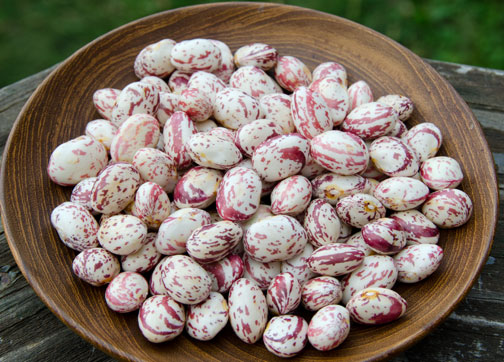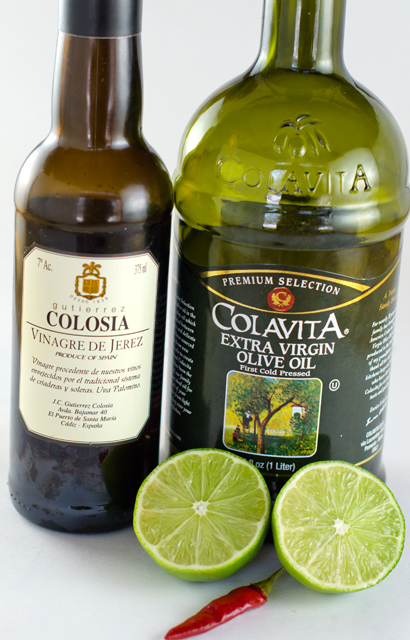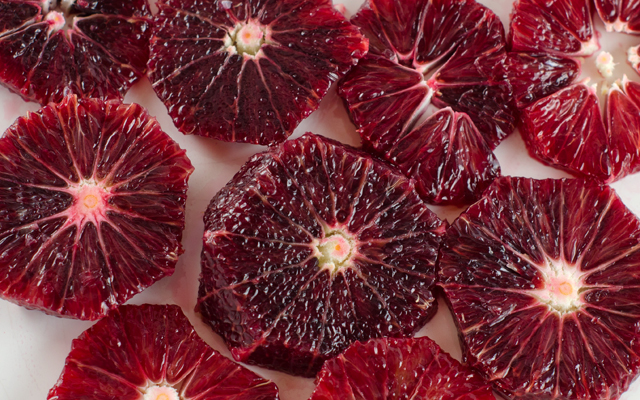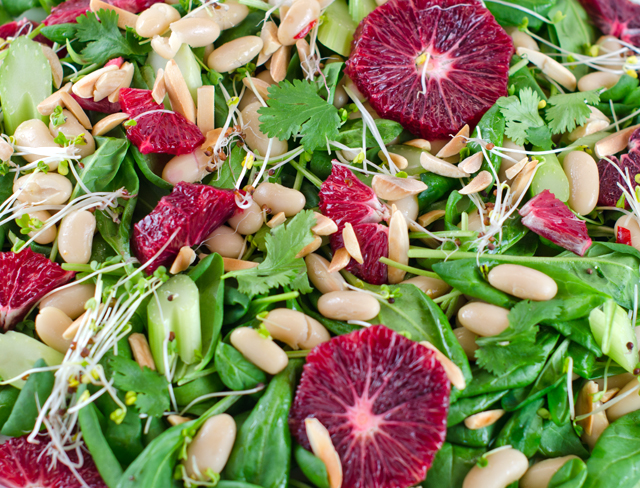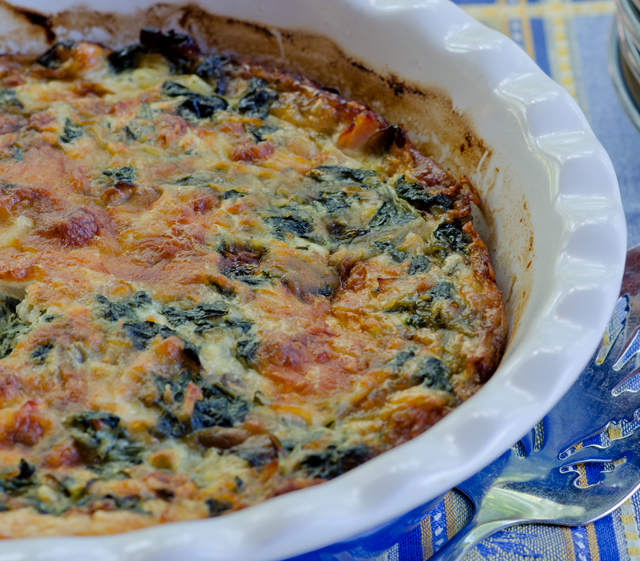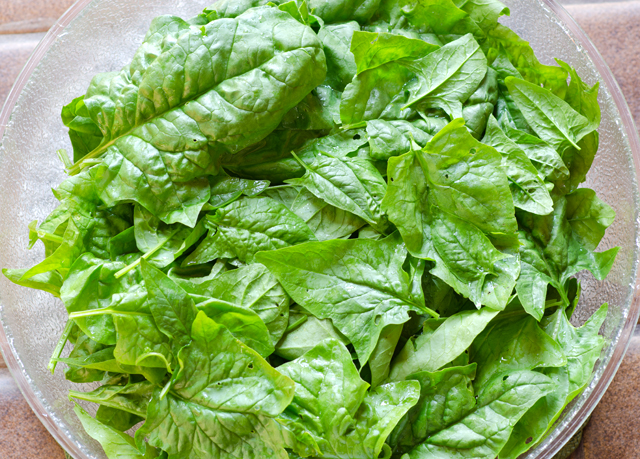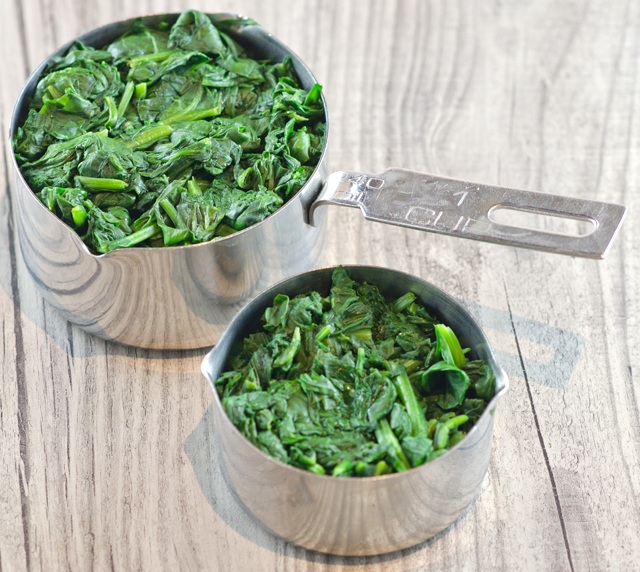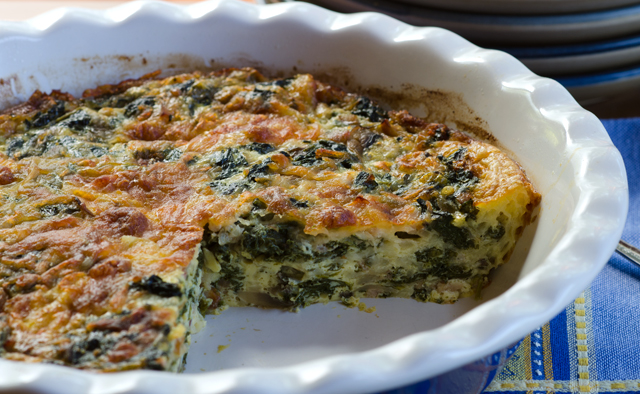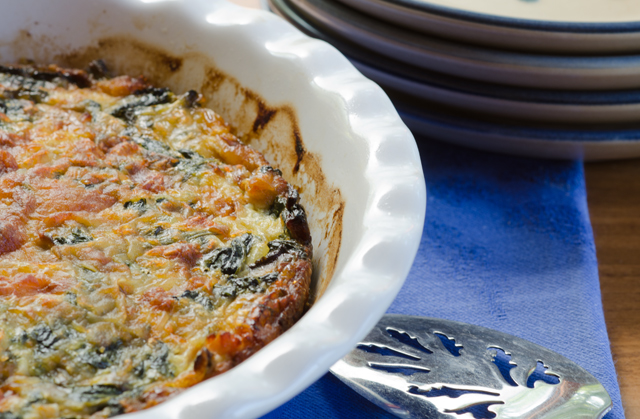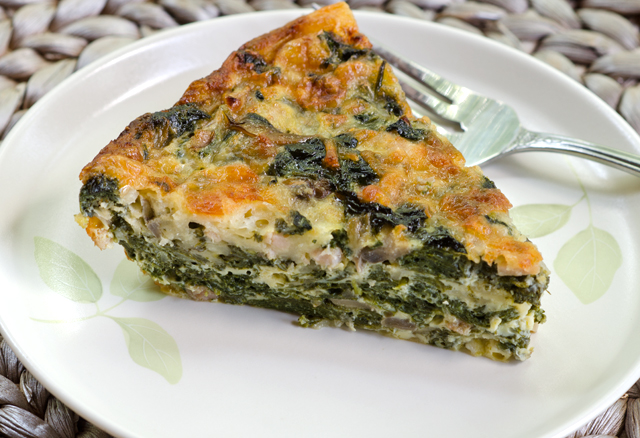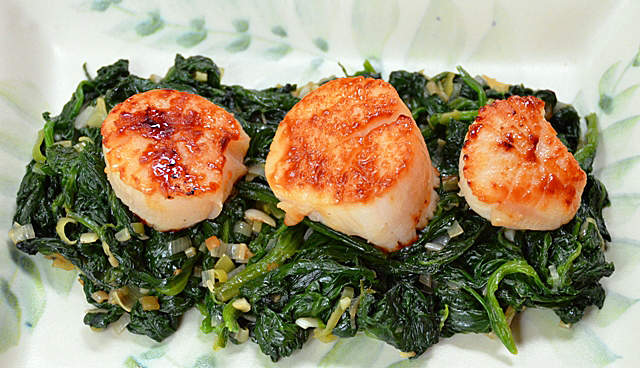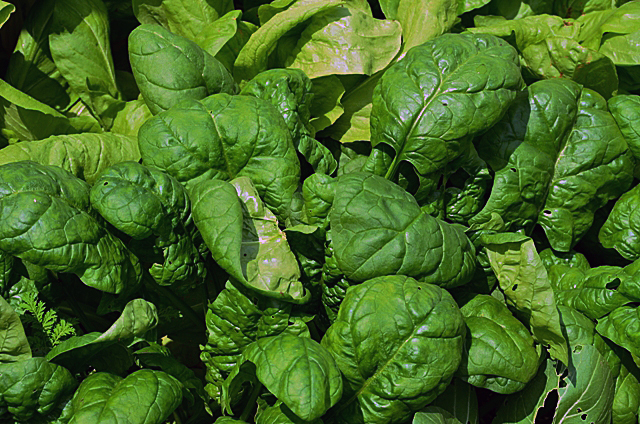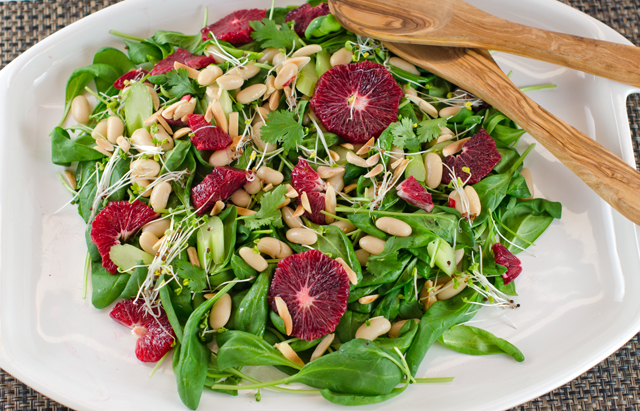 The February issue of Bon Appetit includes a nine page (ten if you count the colorful illustration on the first page) article devoted to beans. The title, “Cool Beans” brings a smile to my face because it was an often used expression of a dear friend of mine.
The February issue of Bon Appetit includes a nine page (ten if you count the colorful illustration on the first page) article devoted to beans. The title, “Cool Beans” brings a smile to my face because it was an often used expression of a dear friend of mine.
“Cool Beans” includes a four step method on how to cook dried beans from scratch, a pictorial of some of the prettiest beans I have ever seen, available by mail order only and they even address the, ahem, gas issue. There are recipes for cassoulets, pastas, stews and chilis. What caught my attention however was a bean salad; blood orange and mixed bean salad with sprouts. Since I wanted to make the salad for that evening, I needed to forgo the soaking and the next day slow cooking. So I did the next best, and most practical thing, I used a can of cannellini beans, Goya is my brand of choice. If you use canned beans, rinse and drain them well. A large can of cannellini beans will give you 1 1/2 cups of beans as opposed to the 2 cups in the original recipe.
The salad comes together very quickly. Blood orange segments, readily available this time of year enhance the salad with beautiful garnet red color and deep sweet orange flavor with just a little bit of raspberry tartness. Celery slices, underused in salads (at least by me) and broccoli sprouts give a crisp contrast. Fennel would be an interesting substitution for celery. The dressing is a very simple vinaigrette, lime juice, sherry vinegar, extra virgin olive oil and a small Thai chili. Our rather large supply of frozen chilis pack as much heat as any fresh one. My additions to the original recipe were baby spinach leaves and toasted almonds for crunch. Top the salad with some cilantro or parsley leaves. This salad probably could serve four but we ate it in one sitting as a side dish.
The origin of the expression “cool beans”? A Cheech and Chong movie? The 80’s sitcom Full House? There doesn’t seem to be a true concensus. What I do know is that it’s time to place an order for some heirloom beans so I can make this delcious salad again.
Spinach, Blood Orange and Bean Salad with Sprouts
Serves four
For the vinaigrette
Ingredients
- 2T fresh lime juice
- 2t Sherry or red wine vinegar
- ¼c extra virgin olive oil
- 1 small Thai chili, thinly sliced
- Kosher salt and freshly ground pepper
Directions
- Whisk ingredients together in a medium bowl. Season to taste with salt and freshly ground pepper. Set aside.
For the salad
Ingredients
- 6c baby spinach leaves
- 1 can cannellini beans, rinsed and well drained or fresh cooked beans
- 3 blood or navel oranges
- 1c celery stalks, sliced thinly on the diagonal
- ½c radish or broccoli sprouts
- ¼c toasted almond slivers
- Kosher salt and freshly ground pepper
Directions
- Add beans to vinaigrette and toss to coat, let sit for 10 minutes for flavors to blend.
- Remove peel and pith with a small, very sharp knife from 3 blood or navel oranges. Cut crosswise into ¼” thick rounds.
- Add the spinach, orange sections, celery slices and sprouts to the bowl with beans and toss. Season with salt and pepper.
- Top with additional sprouts, cilantro leaves and toasted almonds.
